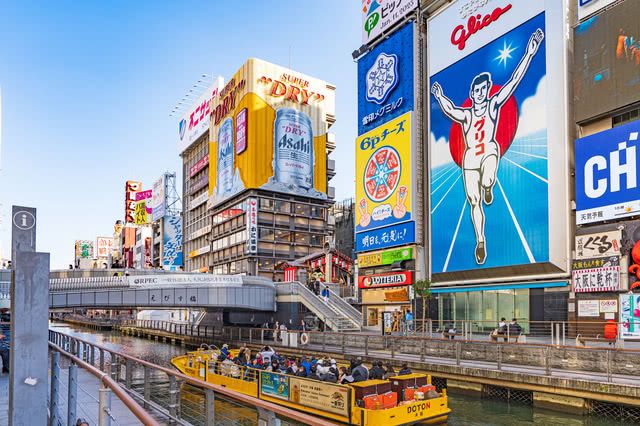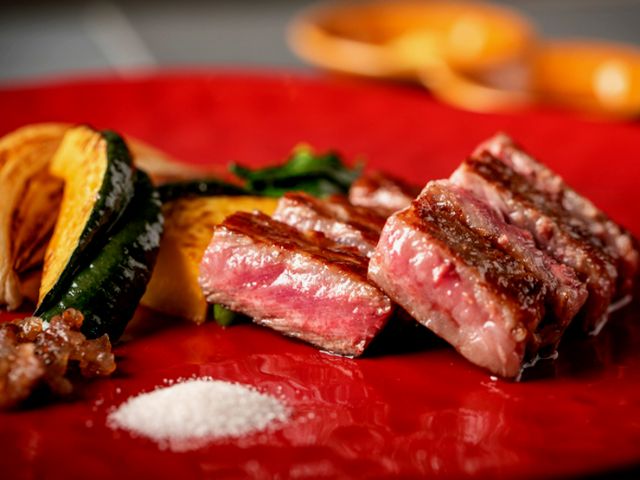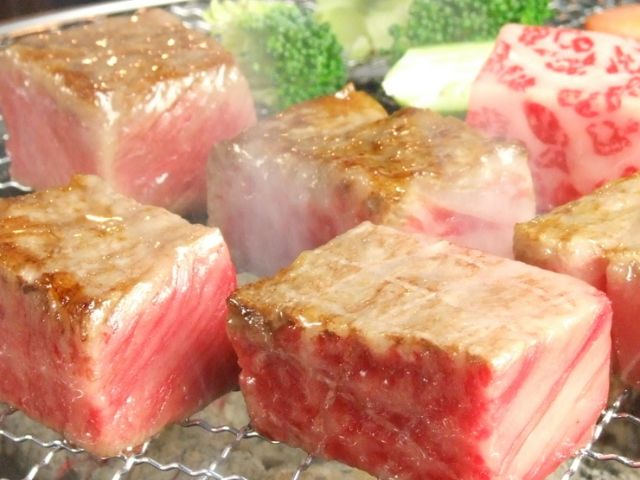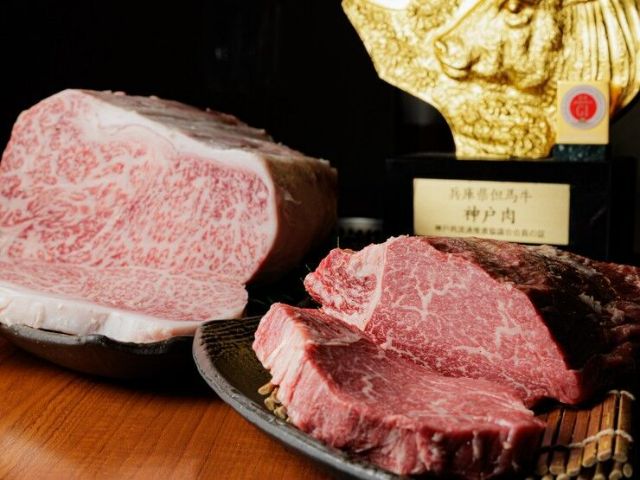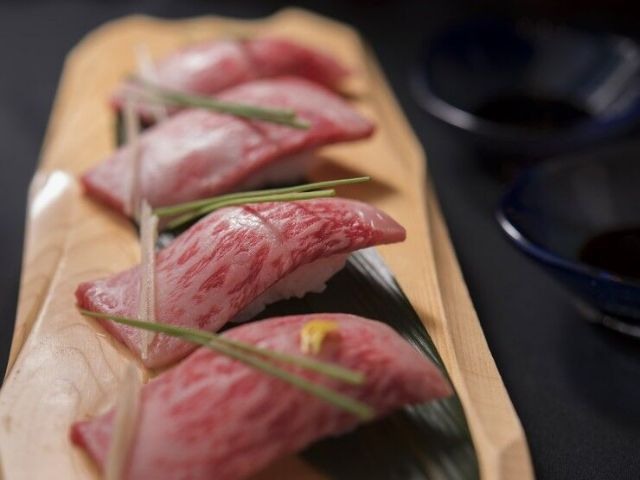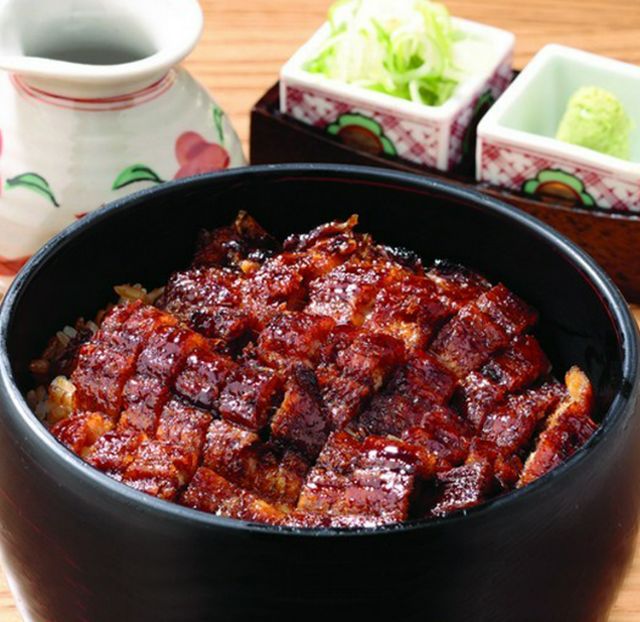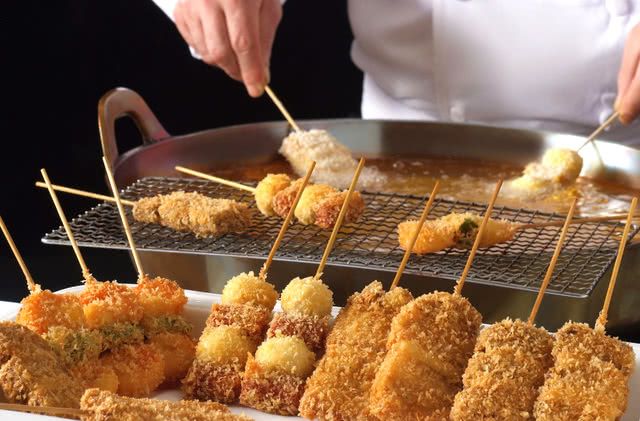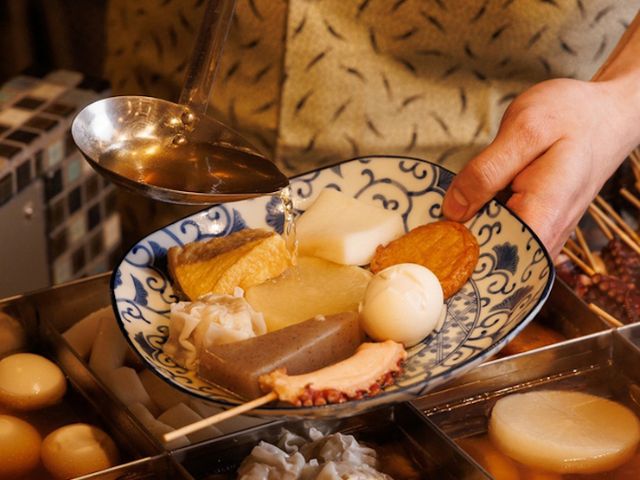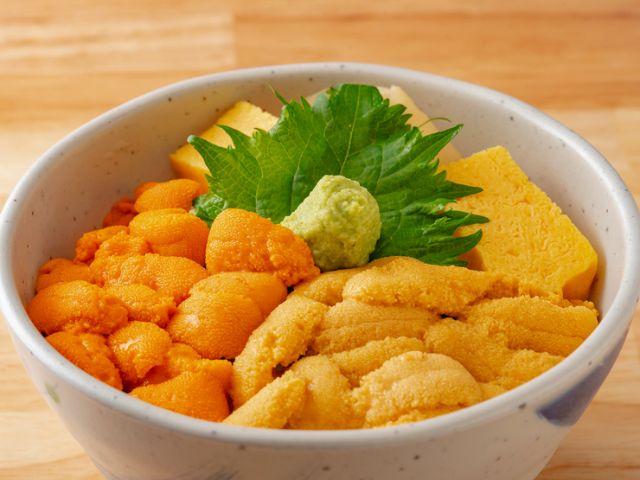Rokko Blue Hydrangeas: The Stars of Kobe's Rainy Season!
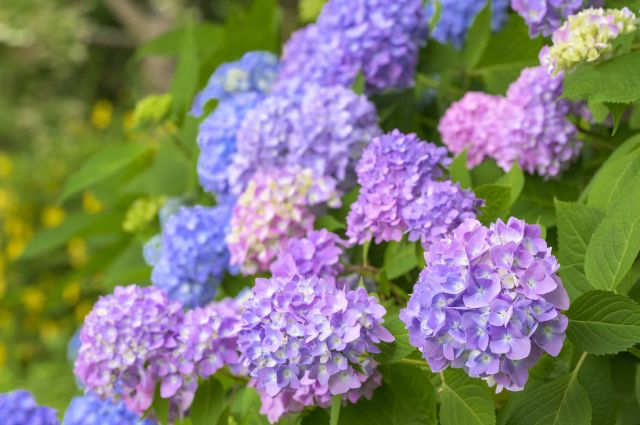
What Kind of Plant Is the Hydrangea?
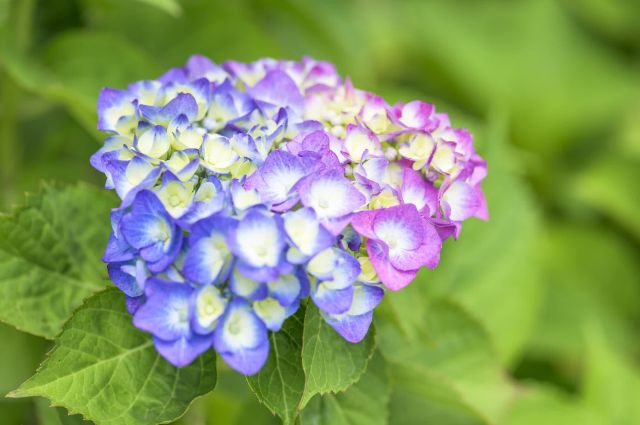
Though now famous worldwide, hydrangeas are actually native to Japan. It was the Europeans who first appreciated their beauty. They were bred selectively and cultivated as 'Roses of the East' in various regions, eventually evolving into the dense, round hydrangea blooms everyone knows today, before being reintroduced to Japan.
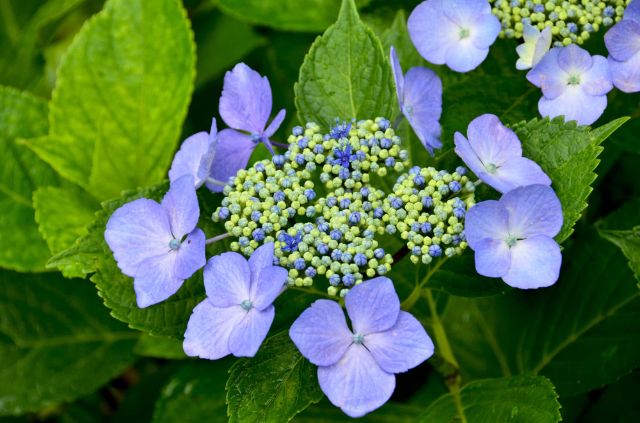
In Japan, the arrival of summer follows the end of the rainy season. While hydrangeas thrive in rainy weather, they also serve as a reminder that summer is just around the corner.
Traveling to Japan During the Rainy Season
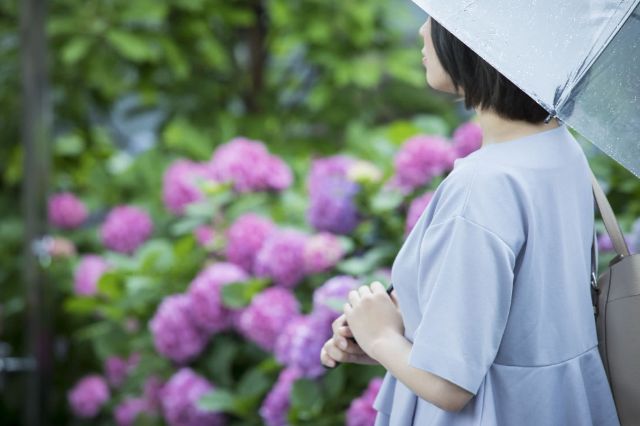
During this period, there's continuous cloudiness, rain, and humidity. Knowing what to pack is essential for those traveling to Japan during this time. While sunny days are muggy, rainy days can feel chilly, so it would be handy to have a lightweight jacket that is easy to put on or take off.
Given the irregular nature of rain, carrying a compact umbrella is also advisable. Alternatively, a raincoat offers a hands-free option. It's also wise to have a plastic bag, pouch, or towel handy for storing wet gear. Finally, a good pair of waterproof shoes or rain boots guarantees comfort while exploring, even during downpours.
Even though it might feel a bit cumbersome, the fusion of rain and hydrangeas creates a captivating scene. So, don't stress, and get ready to embrace the experience!
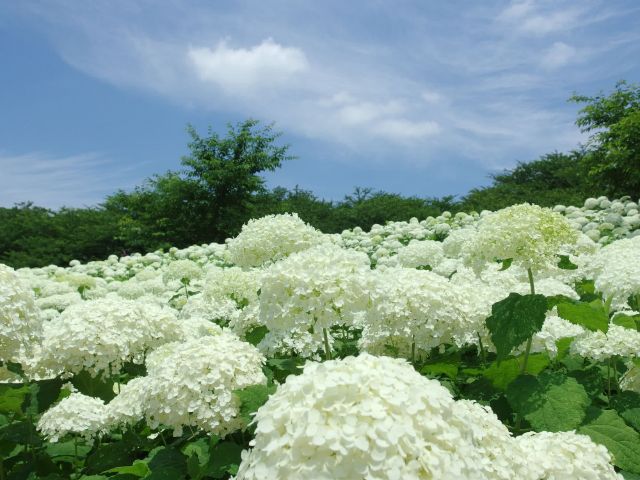
Hydrangeas can be admired all over Japan, from Hokkaido to Okinawa. Those blooming in temples like Meigetusin in Kamakura, Yanagidani Kannon in Kyoto, and Mimurotoji Temple exhibit a particularly charming atmosphere when it's raining, blending perfectly with the solemn buildings.
There are also many dynamic hydrangea scenes! Satte Gongendo Tsutsumi Park in Saitama, famous for its spring cherry blossoms, features the elegant white Annabelle variety. The expanse of hydrangeas evokes the imagery of a snowy landscape, offering a unique and enchanting beauty distinct from the typical blue and purple hydrangeas. It's a spot you would want to visit during breaks in the rainy season.
The Ideal Hydrangea Spot: Kobe’s Rokko Alpine Botanical Garden
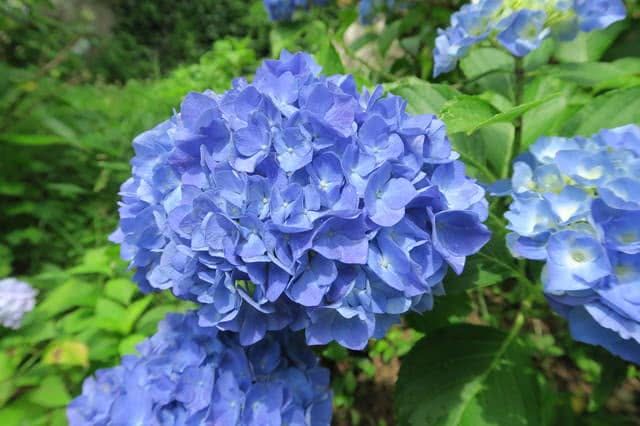
Situated near the summit of Mount Rokko at an altitude of 865 meters, this botanical garden offers the bonus of a hiking experience. After a refreshing hike, visitors can take a break at the mountain hut-style cafe. Before returning home, consider visiting the souvenir shop for items inspired by flowers and plants to commemorate the day.

In addition to Rokko Blue and Shichidanka, the hydrangea garden presents many other varieties, which are preferable to see before the rainy season terminates. Luckily, there is time until the end of July!
When in Kobe, Kobe Beef Is a Must! Two Recommended Restaurants
Yakiniku Shoten Urashimaya Kobe-Motomachi Branch (Motomachi)
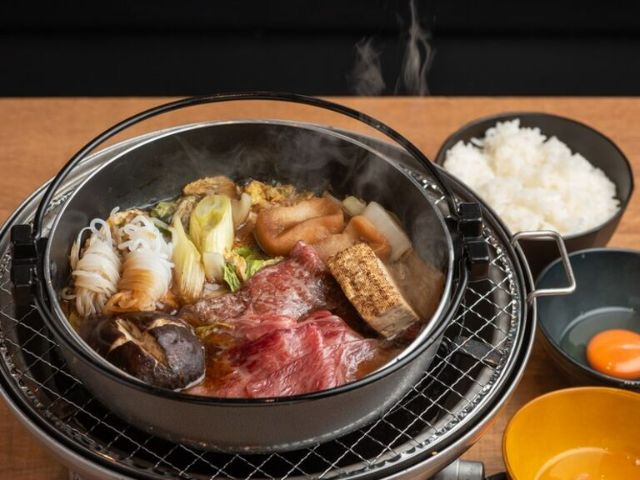
Recommended is the course [Kobe Beef & Yamagata Beef with Hot Pot Stew and All-You-Can-Drink Lemon Sour](6,800 JPY). Various cuts of grilled meat and warm pot dishes will undoubtedly satisfy each appetite. Plus, it's fun to pour your own lemon sours from the servers at each table. But be careful not to drink too much just because it's all-you-can-drink!
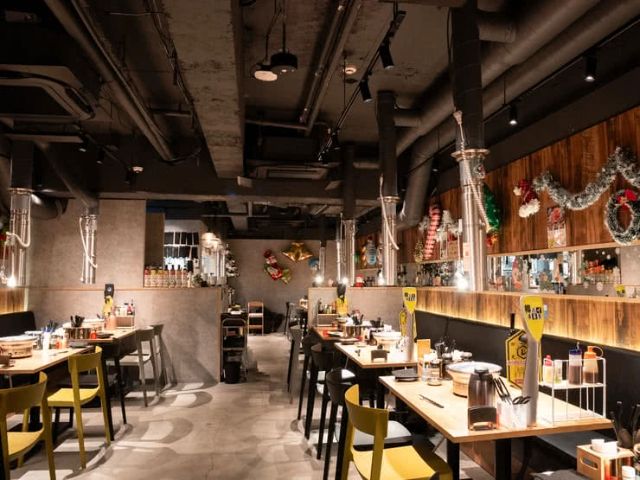
Yakiniku Shoten Urashimaya Kobe-Motomachi Branch
Closed: Tuesday
Average price: [Dinner] 4,500 JPY / [Lunch] 1,600 JPY
Access: About 1-minute south from the west exit of JR Motomachi Station. Located on the basement floor of a building with Nakau on the first floor.
Address: B1F, Nishiki Bldg., 2-10-1, Motomachi-dori, Chuo-ku, Kobe-shi, Hyogo Map
More Details Reservation
Kobe Beef Yamato (Sannomiya)
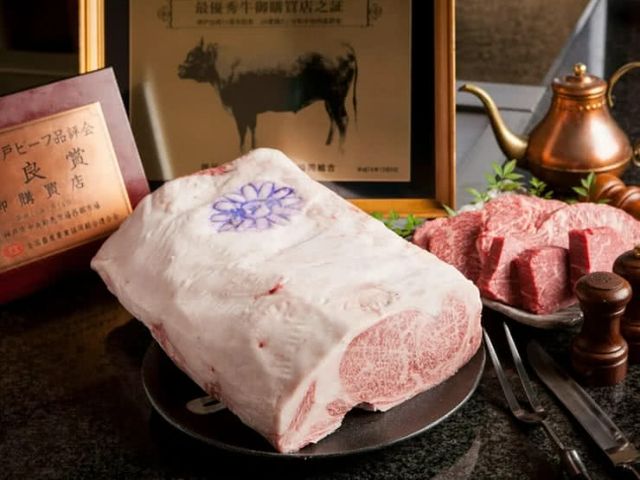
Each piece of Kobe beef sirloin and filet is carefully selected. If you prefer the sweetness and tenderness of marbled meat, go for the sirloin. For a lighter taste, opt for the filet with less fat. Both have the rich flavor of Japan's top-grade beef and a melt-in-your-mouth texture.
Moreover, their seafood dishes, like lobster and abalone, freshly taken from the tank, are exceptional! If you want to try both meat and fish, go for the [Specially Selected Kobe Beef C Course] (18,480 JPY). It includes salad, seasonal grilled vegetables, a homemade beef stew simmered for 24 hours, and 11 other items. Pair it with a bottle from their extensive wine selection for a delightful wine and teppanyaki (cooking method where ingredients are grilled on iron griddles) experience.
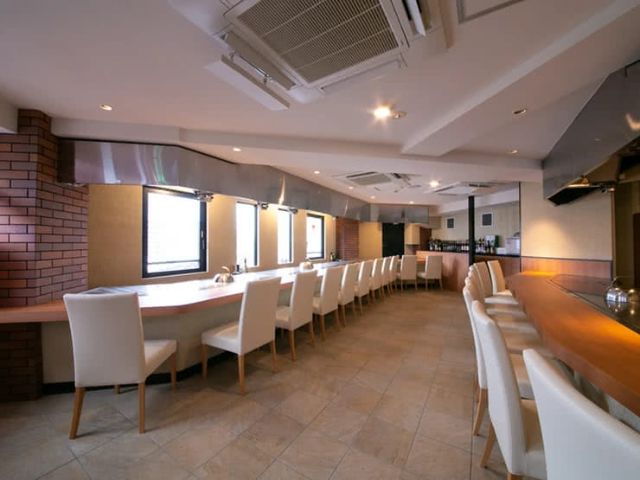
Kobe Beef Yamato
Closed: Sunday
Average price: [Dinner] 7,000 JPY / [Lunch] 1,500 JPY
Access: About 150m from Motomachi Station on the Hanshin Main Line, about 2 minute's walk
Address: 7F, Yasutaka Bldg., 3-3-5, Kitanagasadori, Chuo-ku, Kobe-shi, Hyogo Map
More Details Reservation
Disclaimer: All information is accurate at time of publication.
Thank you for reading our article.
Our goal is to take your culinary journey to the next level by helping you find the best restaurant. With SAVOR JAPAN, you can search and make reservations for
the Yakiniku restaurants found in and around Kobe that fill your needs.
Discover more Yakiniku restaurants by area
- Tokyo Area
- Near Tokyo
- Kyoto and Osaka Area
- Hokkaido Area
- Northern Honshu (Tohoku)
- Central Honshu (Chubu)
- Western Honshu (Chugoku)
- Shikoku
- Kyushu
- Okinawa and Ryukyu Islands
Discover more restaurants to eat Yakiniku/Steak by area
Keywords
Related Articles
New Articles
Categories
Cuisine
- Bars (23)
-
Japanese Cuisine (677)
- Kaiseki (46)
- Nabe (19)
- Okonomiyaki (24)
- Shabu Shabu (37)
- Soba (18)
- Sushi (137)
- Tempura (19)
- Teppanyaki (46)
- Shojin Ryori (3)
- Tonkatsu (11)
- Kushiyaki (10)
- Yakitori (44)
- Sukiyaki (35)
- Japanese Cuisine (342)
- Oyster (2)
- Sashimi/ Seafood (20)
- Unagi (eel) (31)
- Motsu Nabe (offal hotpot) (6)
- Mizutaki (chicken hot pot) (3)
- Oden (8)
- Kaisendon (seafood bowl) (9)
- Udon (2)
- Taverns(Izakaya) Cuisine (124)
- Western Cuisine (42)
- Italian/French Cuisine (95)
- Yakiniku/Steak (225)
- Chinese Cuisine (26)
- Ramen (Noodles) Cuisine (25)
- Cafe/Sweets (60)
- Other Asian Cuisine (5)
- Global/International Cuisine (7)
- Alcohol (45)
- Other (11)
Area
- Shikoku (10)
- Kyoto and Osaka (344)
-
Tokyo (458)
- Tokyo (284)
- Ginza (43)
- Roppongi (22)
- Shibuya (26)
- Shinjuku (46)
- Asakusa (20)
- Ebisu (12)
- Tsukiji (10)
- Tokyo Landmarks (4)
- Ueno (23)
- Akihabara (9)
- Ikebukuro (12)
- Jiyugaoka, Denenchofu, Nakameguro (9)
- Shimokitazawa (4)
- Kichijoji (3)
- Tachikawa (1)
- Omotesando, Harajuku, Aoyama (18)
- Akabane (1)
- Kagurazaka (4)
- Akasaka (10)
- Odaiba (1)
- Tsukishima, Harumi, Toyosu (3)
- Near Tokyo (100)
- Okinawa and Ryukyu Islands (58)
- Hokkaido (124)
- Northern Honshu (Tohoku) (31)
- Central Honshu (Chubu) (144)
- Western Honshu (Chugoku) (32)
- Kyushu (92)
Archives
- December 2025(8)
- November 2025(4)
- October 2025(3)
- September 2025(6)
- August 2025(11)
- July 2025(19)
- June 2025(18)
- May 2025(34)
- April 2025(43)
- March 2025(30)
- February 2025(36)
- January 2025(26)
- December 2024(69)
- November 2024(31)
- October 2024(15)
- September 2024(39)
- August 2024(65)
- July 2024(31)
- June 2024(54)
- May 2024(61)
- April 2024(28)
- March 2024(31)
- February 2024(42)
- January 2024(32)
- December 2023(20)
- November 2023(5)
- October 2023(11)
- September 2023(7)
- August 2023(18)
- July 2023(8)
- June 2023(8)
- May 2023(18)
- April 2023(15)
- March 2023(1)
- January 2023(1)
- April 2022(2)
- March 2022(2)
- February 2022(1)
- January 2022(1)
- July 2021(1)
- March 2021(1)
- February 2021(1)
- December 2020(1)
- October 2020(1)
- September 2020(2)
- August 2020(10)
- July 2020(6)
- June 2020(9)
- May 2020(11)
- April 2020(8)
- March 2020(8)
- February 2020(13)
- January 2020(9)
- December 2019(24)
- November 2019(8)
- August 2019(14)
- July 2019(15)
- June 2019(18)
- May 2019(17)
- April 2019(16)
- March 2019(22)
- February 2019(22)
- January 2019(26)
- December 2018(34)
- November 2018(40)
- October 2018(32)
- September 2018(11)
- August 2018(8)
- July 2018(6)
- June 2018(9)
- May 2018(10)
- April 2018(21)
- March 2018(74)
- February 2018(39)
- January 2018(26)
- December 2017(59)
Keywords
- Omakase
- Accessible
- Affordable
- All-You-Can-Eat
- Amazing Scenery
- anime
- Art
- Autumn
- Awards
- Beer Gardens
- Breakfast
- Chef Recommendations
- Cherry Blossoms
- Chinese
- Close To Station
- Condiments
- Counter
- Coupon
- Crab
- Culture
- Dassai
- Dates
- delivery
- Early Summer
- Editor's Recommendation
- English Available
- Event
- Expo
- Fall Leaves
- Family-Friendly
- Famous Restaurant
- Famous Tourist Spot
- Fast Food
- festival
- fireworks
- Flower Farm
- Free Wi-Fi
- French
- Great Location
- Guide
- Hibachi
- hotpot
- How To
- hydrangea
- Hygiene
- Illumination
- Italian
- Izakaya
- Japanese
- Japanese alcohol
- jingisukan
- Kaiseki
- Kappo
- Kushiage
- Kushikatsu
- Kyoto
- Late-Night
- Lunch
- Manners
- matsusakagyu
- Michelin
- mizutaki
- Model Course
- monjayaki
- motsunabe
- Mt.Fuji
- Multilingual Menus
- Nabe
- Narita Airport
- New Year
- Ninja
- Noodle
- Oden
- Okonomiyaki
- omotenashi
- Onsen
- Osaka
- Osaka Station
- Photogenic Site
- pizza
- PR
- Private Room
- Ramen
- ranking
- Recipe
- Regional Cuisine
- Resort
- Rice Bowl Dish (Donburi)
- sacred places
- Sake
- Sakura
- Sashimi
- sea urchin
- Setouchi Area
- Shabu Shabu
- sightseeing
- Signature Dish
- Soba
- Solo Diners Welcomed
- Spicy Food
- Spring
- Steak
- Summer
- Sunflower
- Sushi
- takeout
- Teppanyaki
- Terrace Seating
- Tokyo
- Tokyo Experiences
- Tokyo Skytree
- Tokyo Tower
- unagi
- UNESCO
- Vegan
- Vegetarian
- Wagyu
- What Popular Gourmet Sites Recommend
- Whisky
- Wine Bar
- Winter
- Wisteria
- Workshop
- World Heritage Site
- World Writers
- Yakiniku
- Yoshoku
- Yuba
- Zen
Discover Restaurants By Area
-

Tokyo Area
Japan's largest city, Tokyo, is the center of culinary culture in Japan. Countless Tokyo restaurants serve every kind of food imaginable and the Toyosu fish market keeps restaurants stocked with the nation's finest fish.
-

Near Tokyo
Coastal areas, mountains and valleys surrounding Tokyo are bursting with tourist destinations, such as hot springs and ski slopes, where many unique foods are only available locally.
-

Kyoto and Osaka Area
The cities of Kyoto and Osaka, together with their surrounding areas, have greatly influenced Japan's culinary culture since the 7th Century. The region is renowned for its entertainment, Kobe beef, and wide-ranging traditional dishes.
-

Hokkaido Area
The island of Hokkaido is home to wide-ranging produce of the finest quality, such as rice, meat, vegetables, fish and fruit. Popular dishes from Hokkaido include robatayaki (food slowly roasted on skewers) and Sapporo miso ramen.
-

Northern Honshu (Tohoku)
The northern end of Japan's main island, Honshu, is renowned for its seasonal fruit and vegetables, nation-leading harvest of fish (especially tuna from Ohma), and delicious beef from Yonezawa, Sendai and Yamagata.
-

Central Honshu (Chubu)
Chubu is in the center of Japan's main island, Honshu, and its culinary culture reflects its position between Japan's western and eastern halves. Delicious Hida beef, world-famous Mount Fuji and many acclaimed sake breweries are in Chubu.
-

Western Honshu (Chugoku)
Chugoku, on the southwest of Japan's main island, is rich with diverse produce. Many of its products are praised as Japan's best, including Matsuba crabs from Tottori and oysters from Hiroshima. Its pears and muscats are also top grade.
-

Shikoku
The mild climate of Shikoku is ideal for growing citrus fruit such as sudachi. Shikoku is also famous for Sanuki udon noodles, huge yields of tiger prawn from Ehime Prefecture and the best torafugu (tiger globefish) in the country.
-

Kyushu
Western culture was first introduced to Japan through Kyushu, Japan's third largest island, where the influence of Portuguese and other western cuisine influenced the creation of a colorful culinary tradition.
-

Okinawa and Ryukyu Islands
Okinawa, Japan’s southernmost prefecture, is a treasure trove of distinctive dishes and drinks that have become popular throughout Japan, including Okinawa soba, unique sushi toppings and Awamori distilled liquor.
